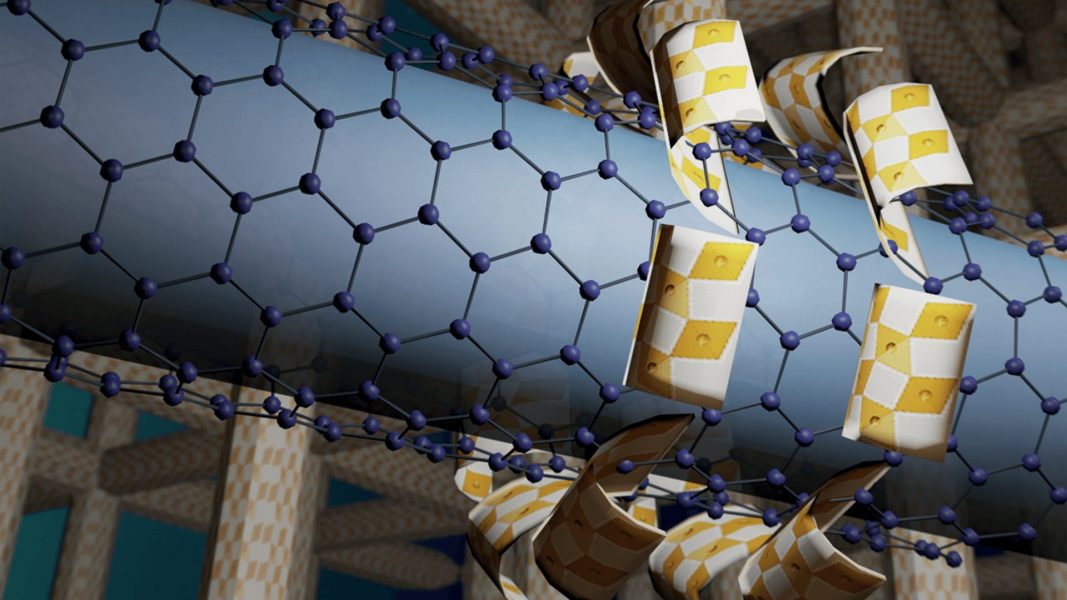Manganese is extremely redox-active, making it an appealing component of an electrode for energy storage. However, making manganese oxide (MnOx)-based energy storage practical is a significant challenge.
In Advanced Materials, Prof. John Wang and colleagues from the National University of Singapore address how close we are to achieving the high theoretical capacitance of MnOx-based electrode materials.
Dr. Yating Hu: “The main challenge in developing MnOx-based electrodes is their intrinsic poor electrical conductivity, leading to low capacitances.
To reduce the gap between the theoretical and practical capacitances, the texture of the MnOx can be engineered to create more redox-active sites.
Through the growth of MnOx on conductive carbon-based or metal foam substrates, and doping of other transition metals, the electrical conductivity can be improved.
We believe by growing nanosized MnOx nanosheets, of 2–4 nm, onto a carbon-nanotubes network or graphene foams with refined pore size, capacitances close to the theoretical values could be achieved. These proposed structures could maximize mass loading, redox active sites, and electrical conductivity.
MnOx-based materials have also been studied as anodes in lithium- and sodium-ion batteries. Although the unique tunneling structure of MnOx allows for facile intercalation of lithium ions, the low electrical conductivity and the large volume change that occurs between lithiation and delithiation are obstacles yet to be addressed.”
To find out more about MnOx-based energy storage, please visit the Advanced Materials homepage.

















